Running an employee survey or doing pulse surveys require an up-to-date organizational structure so (1) survey results can be mapped to the right business units, which will (2) enable managers to view their division, business unit or team's survey results so they can take ownership and drive change with data-driven insights and actions. Getting all the employee and business unit data loaded in preparation for an employee survey, however, is a tedious and time-consuming task, since:
- The data will have to be sourced from your HRIS, and will require some effort to restructure so the data can be imported and/or used in the survey system;
- The data will in most cases not be sufficiently granular or broken down to the appropriate team and supervisory levels, or may not reflect the management structure and reporting lines as they are currently experienced on the ground;
- And to ensure that your surveys are based on the most recent and up-to-date employee data, the process will have to be repeated every time you want to do another employee or pulse survey.
 |
| (5.54 minutes) Working with Virtual Structures The innovative approach to structuring and updating your employee data in preparation for an employee survey in the new way of work |
Working with Virtual Structures
Mindset’s Virtual Structure function has been specifically designed so you can get the full use and benefit of your HRIS-derived employee data without having to constantly waste your time with restructuring and updating the data.
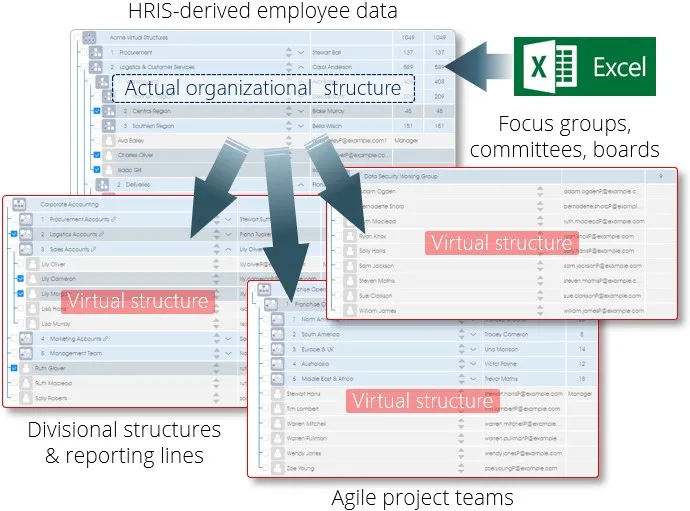
The Virtual Structure mechanism will allow you to use your HRIS-derived employee data as the basis for the creation of any number of alternate versions of your organizational structure at organizational, divisional or team level. The Virtual Structure function will make it possible for you to:
- Create alternate structures with different perspectives of how the organization is structured at any or at multiple levels of the organization, particularly with respect to business unit hierarchies, divisional breakdowns, and matrix structures of any complexity;
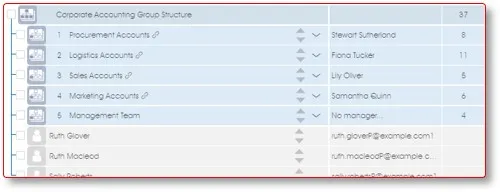
- Group business units and teams according to different sets of reporting lines that reflect the reality on the ground in your organization;
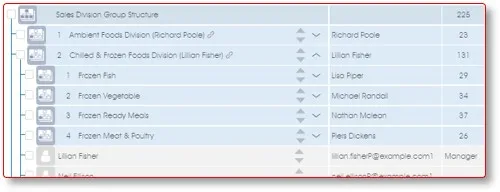
- Combine any permutation of temporary or permanent employees and/or gig workers into any number of agile project teams, focus groups, training classes/workshops or other custom structures – or even into networks of agile teams, with employees duplicated where necessary;

- Even selectively include employees based on their demographic attributes so you can target them as a distinct focus group in your surveys or assessments, e.g. all the Supervisors in the Production Division between the ages of 21 and 36.

Virtual Structures can be created interactively by dragging-and-dropping existing business units and/or employees into a newly created structure; by copying and editing existing structures; or by exporting/importing them via Excel.
Virtual Structures can in addition be assigned to a specific business unit so that a manager who logs in to the system will only be able to view survey results via the virtual structures that were assigned to that manager's business unit.
Using Virtual Structures for Surveys
Virtual Structures can be used as the basis for administering and managing employee and pulse surveys, e.g. to run a follow-up engagement survey at all the Accounting offices in the different regional offices, or to run pre- and post-training pulse surveys amongst all the delegates of a Leadership Development training course.
Virtual Structures will also allow you to view and analyze your survey results in the analytics dashboard through different lenses. To illustrate, a company-wide engagement survey – that was conducted at organizational level – can be viewed at Regional Office or Divisional level via the official organizational structure (i.e. Actual Structure). The same engagement survey's results can also be viewed via custom Virtual Structures that have been specifically created for a Regional Office or Division, with business units grouped in hierarchies or networks that they can relate to.
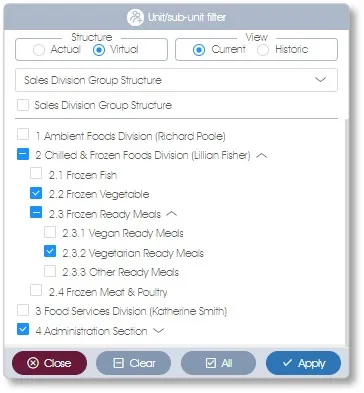
The results of previous surveys that have been done at an earlier stage can also be viewed through different lenses – they can be viewed:
- According to the current version of the Actual Structure, i.e. the survey responses will be mapped and shown according to business units as they are currently structured in the latest version of the Actual Structure;
- According to the current version of a Virtual Structure, i.e. the survey responses will be mapped and shown according to business units as they are currently structured in the selected Virtual Structure;
- Historically, with survey results mapped and shown according to the way the business units were originally structured in the Actual or Virtual Structure at the time when the survey was conducted.
Auto-updating of Virtual Structures
The idea behind the Virtual Structure mechanism is to provide you with a way to edit or define your own custom versions of your organizational or business unit structure without having to make any changes to your Actual Structure – since all changes that you have made to your Actual Structure will be overwritten the next time you import an update from your HRIS. Updates to employee records (e.g. new employees, resignations, transfers) can now be uploaded via Excel to your Actual Structure without overwriting any of your custom structures, with your Virtual Structures instead getting updated automatically as outlined below:
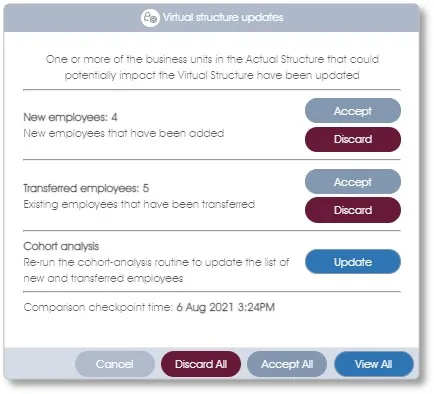
- Deleted employees will be automatically removed from all Virtual Structures;
- Business units in a Virtual Structure that are linked via unique codes to business units in the Actual Structure will automatically be updated with new or transferred employees;
- Other types of Virtual Structures (e.g. Focus Groups) will be updated via advanced updating algorithms (e.g. cohort analysis) and will provide you with the option to View, Accept or Discard any such changes.
| For more information, click on a sub-menu item at the top of the page⇑ or in the right margin⇒ |
